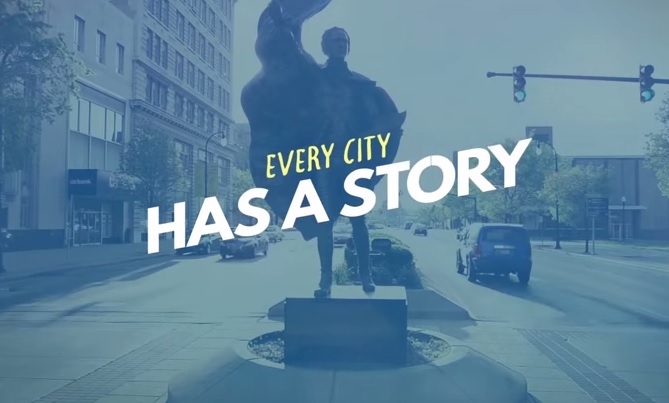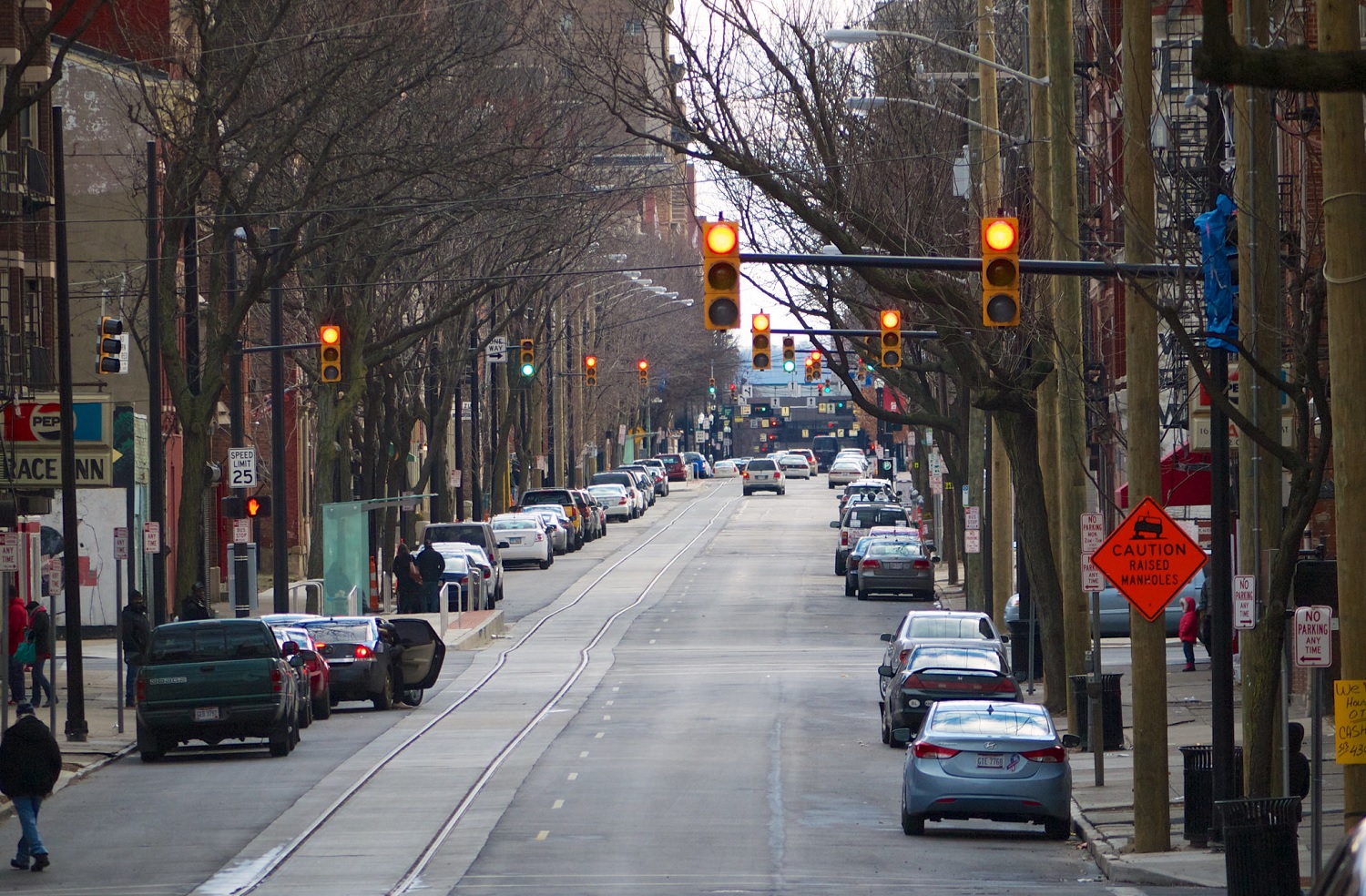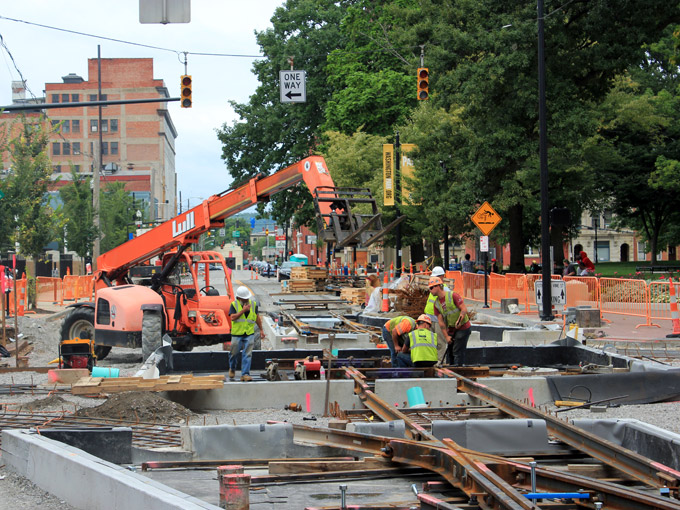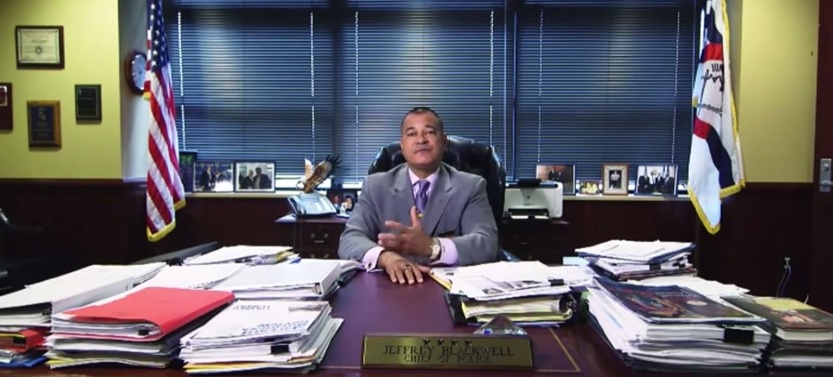A few months ago we decided to add Hamilton as one of our focus areas. The city is an historic urban center in the overall Cincinnati region, and has its own identity and news. Like many old cities around the United States, Hamilton has experienced some tough times, but is experiencing its own unique turnaround story.
In Hamilton, that turnaround has been focused along the Great Miami River. With the city’s central business district on one side, and charming historic districts surrounding it on both sides of the river, it makes complete sense that attention is focused there.
The positive momentum in Hamilton has been years in the making. The city posted a 2.6% population gain between 2000 and 2010, and never quite experienced the massive population loss many other old industrial cities did.
In addition to establishing one of the best urban school districts in Ohio, the city has long focused on establishing itself as a center for independent artists, and has looked at the Great Miami River as an exceptional opportunity to breathe new recreational opportunities into the city center. Quite simply, the progress is exciting.
A recent video put together by the City of Hamilton, Greater Hamilton Chamber of Commerce, Community First Solutions and Foster & Flux illustrates exactly what is trying to be accomplished in the City of Sculpture.
The video is a refreshing change to the many promotional city videos that pop up nowadays. There is an honesty in this one that embraces Hamilton’s industrial past along with its people. The nearly three minute video, entitled We Are Hamilton, also includes a script that was produced by a local writer and carefully narrated in coordination with the imagery.




